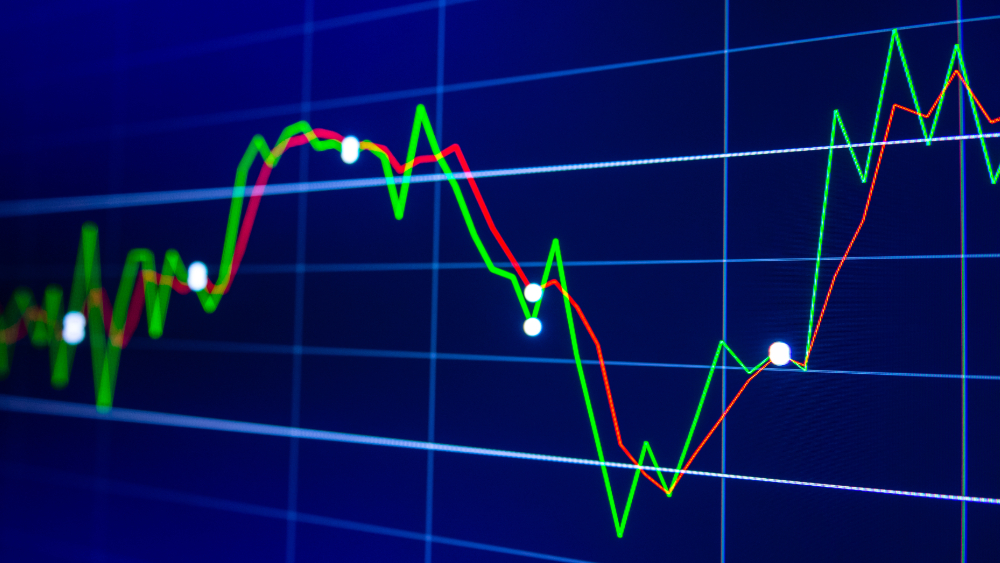European Statistical Monitor: May edition

Today, Eurostat released the European Statistical Monitor, a dashboard with short-term indicators covering different areas, such as economy, environment, business, health and work.
This monthly updated dashboard is designed to track developments within the EU as a whole and its members, as well as the EFTA countries, providing a holistic overview of key developments. It focuses on monthly and quarterly indicators, ensuring up-to-date insights and includes a commentary, focusing on recent changes and trends.
The EU economy continues growing moderately, despite weakening business climate and mixed environmental developments
The EU economy continues its moderate, steady expansion with GDP growing at a similar rate over the past 6 quarters, accompanied by historically low and stable unemployment, and a continued decline in inflation. At the same time, while bankruptcy declarations fell, economic sentiment weakened further, and fewer new businesses are being registered.
Looking at monthly business indicators, industrial production continued its recovery for a third consecutive month, while retail trade remains broadly stable and production in services declined. Both the government deficit and general government gross debt relative to GDP declined, showing improved public finances.
As the EU continues its efforts to reduce its environmental impact, recent data present a mixed picture. Greenhouse gas emissions increased while the concentration of air pollutants in EU capitals fell. Meanwhile, monthly electricity consumption decreased, while the share of electricity generated from renewable sources fell.
You can read the full analysis by opening the Eurostat commentary linked in the dashboard’s header.

The European Statistical Monitor is updated every month with the latest available data for each indicator.
For more information
For information on upcoming releases visit our release calendar. If you have any queries, please visit our contact us page.
